California’s historic 2012–2016 drought brought into sharp focus the increasing importance and complexity of water allocation decisions and the need for more integrative planning and policy solutions.
Our research seeks to analyze and provide guidance for improving how water is allocated among competing uses and users in California in the context of interannual water supply variability and the increasing frequency of extreme precipitation events expected with continued climate change.
January 2024
Five Guiding Principles for Effective Voluntary Agreements: A Case Study on VAs for Water and Habitat in California’s Bay-Delta Watershed 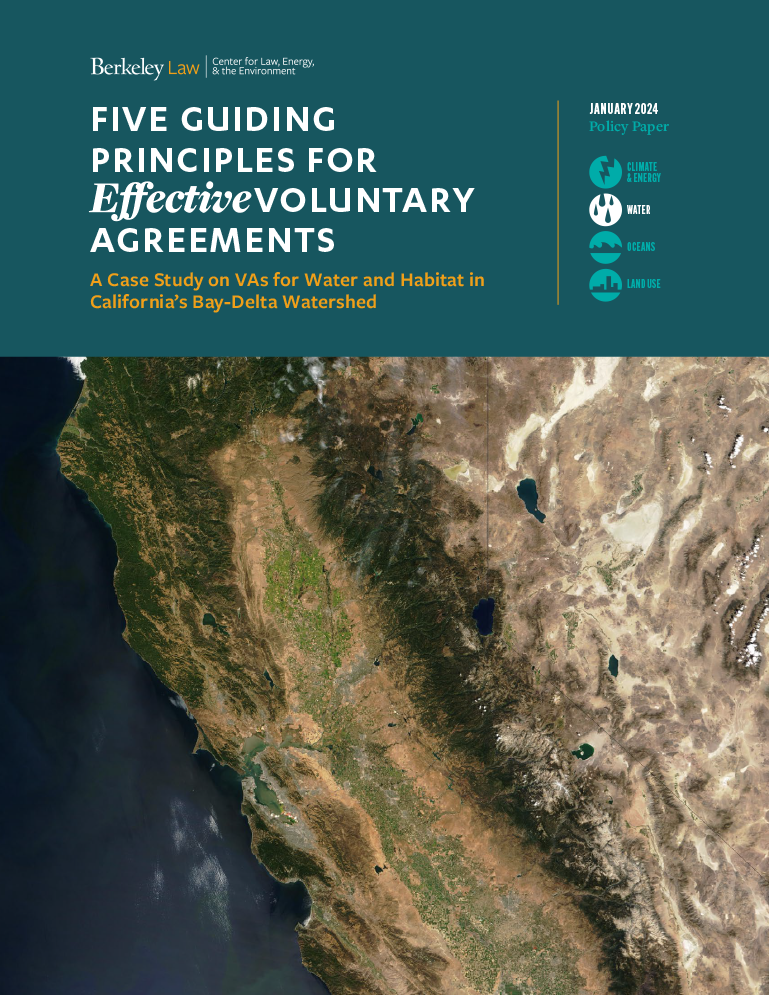
California has increasingly emphasized efforts to develop voluntary agreements (VAs) with water users as a means of achieving regulatory goals in certain watersheds. In theory, a VA can combine the protectiveness of a regulatory backstop with the creativity and flexibility of a negotiated deal to produce outcomes as good as, or better than, those achievable through strict application of regulatory requirements alone. However, reality has not always measured up to this ideal. This policy paper uses the Bay-Delta watershed as a case study to inform five principles to guide the appropriate use and evaluation of VAs.
December 2023
Comment letter to the California Water Commission on Drought Strategies 
CLEE contributed comments to the California Water Commission, arguing that the Commission’s report on drought response strategies fails to consider improving water rights administration as a central pillar of water management. Our comment points to a growing body of work by CLEE and others that lays out a viable pathway to address a fundamental gap in California water management: the state’s ability to implement state water law in a clear, comprehensive, and predictable manner during times of water scarcity.
April 2023
Managing Water Scarcity: A Framework for Fair and Effective Water Right Curtailment in California 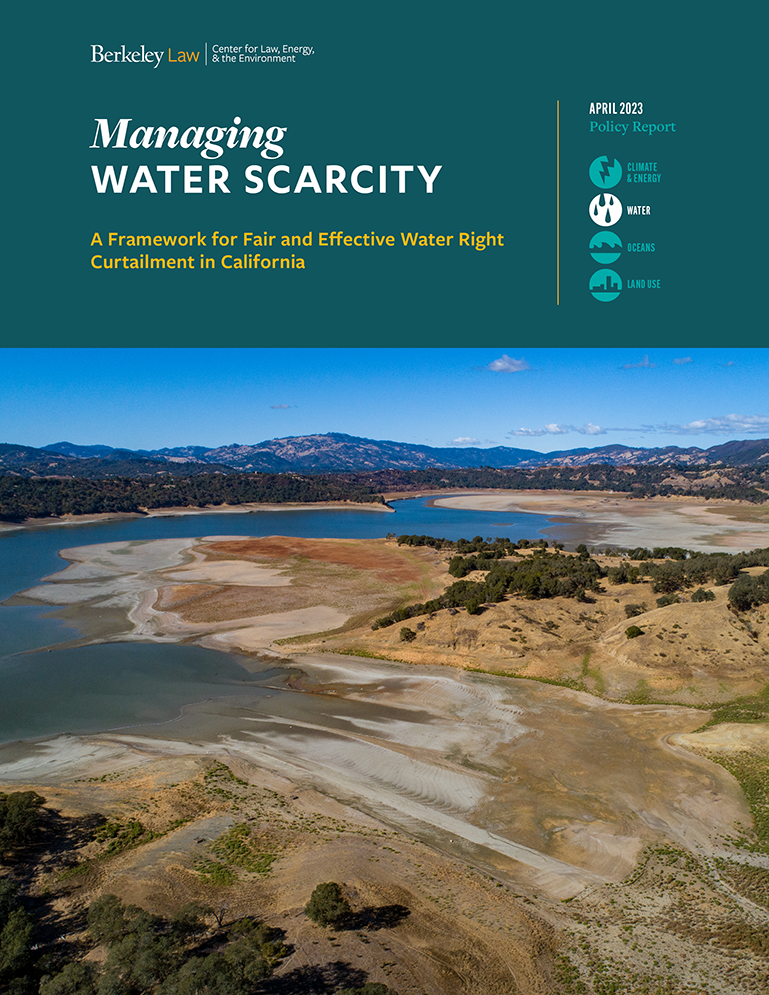
To implement California’s water rights system and protect water rights, human health and safety, and the environment from serious harm, the State Water Resources Control Board (SWRCB) needs to be able to routinely require diverters to curtail (stop) unlawful water uses. We analyze the legal context for and history of water right curtailments in California and recommend actions the SWRCB and the Legislature can take to build a fair and effective framework for curtailment that brings the SWRCB’s capabilities in line with California’s needs.
August 2018
Addressing Institutional Vulnerabilities in California’s Drought Water Allocation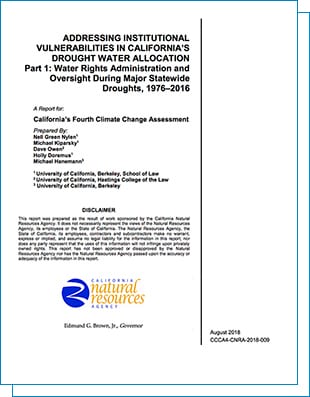
California droughts are likely to become more frequent, longer, and more intense in the future, posing increasing challenges for water management, and raising the stakes for effective drought response. Past droughts have stress tested California’s water management institutions, revealing vulnerabilities that could impair effective adaptation to climate change. The State Water Resources Control Board (Board) is a key water decision maker whose actions affect how scarce water resources are allocated among different human and environmental uses during droughts. In a pair of reports published as part of California’s Fourth Climate Change Assessment, we examine how the Board has carried out its water rights responsibilities during past droughts and offer recommendations for improving the agency’s future drought response.
April 2018
Improving California’s Stream Flow Monitoring System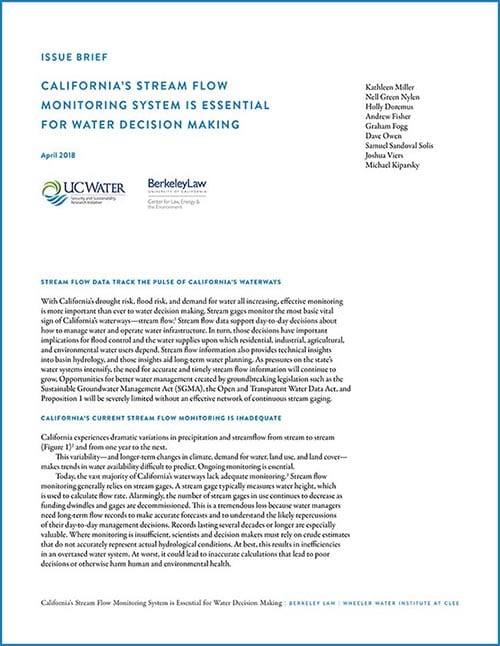
With California’s drought risk, flood risk, and demand for water all increasing, effective monitoring is more important than ever to water decision making. Stream gages monitor the most basic vital sign of California’s waterways—stream flow. Stream flow data support day-to-day decisions about how to manage water and operate water infrastructure—decisions that have important implications for flood control and the water supplies upon which residential, industrial, agricultural, and environmental water users depend.
March 2018
Navigating Groundwater-Surface Water Interactions under the Sustainable Groundwater Management Act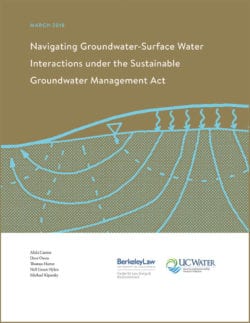
California’s Sustainable Groundwater Management Act (SGMA), passed in 2014, recognizes and addresses connections between surface water and groundwater. The statute is California’s first statewide law to explicitly reflect the fact that surface water and groundwater are frequently interconnected and that groundwater management can impact groundwater-dependent ecosystems, surface water flows, and the beneficial uses of those flows. As such, SGMA partially remedies the historically problematic practice of treating groundwater and surface water as legally distinct resources.
June 2017
Trading Sustainably: Critical Considerations for Local Groundwater Markets Under the Sustainable Groundwater Management Act
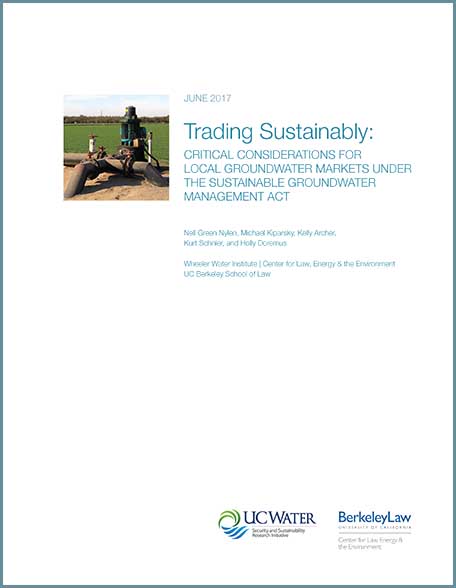 California’s Sustainable Groundwater Management Act (SGMA) potentially opens the door for local groundwater markets, however, it does not provide guidance about when a local groundwater market might be a useful and appropriate management tool. Our new report outlines a set of considerations designed to help decision makers and stakeholders evaluate whether a local groundwater market might be a viable tool for sustainably managing their groundwater basins and, if so, how to effectively implement it.
California’s Sustainable Groundwater Management Act (SGMA) potentially opens the door for local groundwater markets, however, it does not provide guidance about when a local groundwater market might be a useful and appropriate management tool. Our new report outlines a set of considerations designed to help decision makers and stakeholders evaluate whether a local groundwater market might be a viable tool for sustainably managing their groundwater basins and, if so, how to effectively implement it.
March 2017
Comprehensive Response to Climate Change Comments
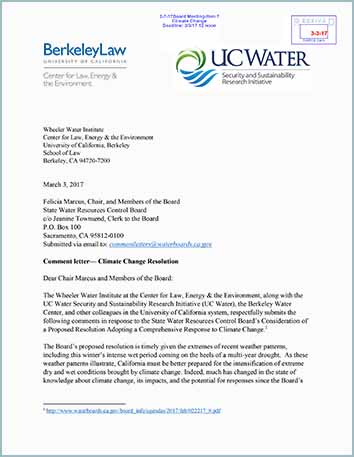 Our comments on the State Water Resources Control Board (SWRCB) draft resolution on climate change largely commend SWRCB for their timely effort to address both mitigation of greenhouse gas emissions and adaptation to the effects of climate change. We also recommended additional actions, including: explicitly addressing the energy intensity of different sources of water, considering potential for GHG emissions reductions in wastewater treatment, explicitly addressing flow requirements, and specifically addressing the disproportionate impact of climate change on disadvantaged communities.
Our comments on the State Water Resources Control Board (SWRCB) draft resolution on climate change largely commend SWRCB for their timely effort to address both mitigation of greenhouse gas emissions and adaptation to the effects of climate change. We also recommended additional actions, including: explicitly addressing the energy intensity of different sources of water, considering potential for GHG emissions reductions in wastewater treatment, explicitly addressing flow requirements, and specifically addressing the disproportionate impact of climate change on disadvantaged communities.
November 2014
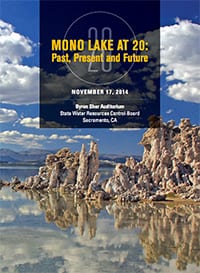 Mono Lake at 20: Past, Present and Future
Mono Lake at 20: Past, Present and Future
Almost 20 years after the State Water Resources Control Board’s landmark decision on Mono Lake (D-1631), its implications remain unresolved, both for Mono Lake and its tributaries and for the broader actions of the State Board in considering the public trust doctrine in new and existing water rights. We organized a symposium to move towards solutions for incorporating the public trust into new and existing water rights.
OCTOBER 2014
 Drought As Stress Test: Water Allocation Decisions in California’s Historic 2014 Drought
Drought As Stress Test: Water Allocation Decisions in California’s Historic 2014 Drought
We are conducting research to learn from the catastrophe of California’s 2014 drought to inform future allocation decisions and policy reform proposals. Our work on this area is multi-faceted and ongoing, but one particular interest is developing the capacity of water rights systems to respond more effectively to water shortage.
July 2012
Climate and Water: Knowledge of Impacts to Action on Adaptation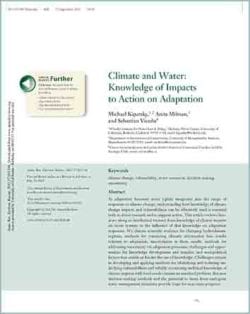
As adaptation becomes more tightly integrated into the range of responses to climate change, understanding how knowledge of climate change impacts and vulnerabilities can be effectively used is essential both to direct research and to support action. This article reviews literature along an intellectual transect from knowledge of climate impacts on water systems to the influence of that knowledge on adaptation responses.